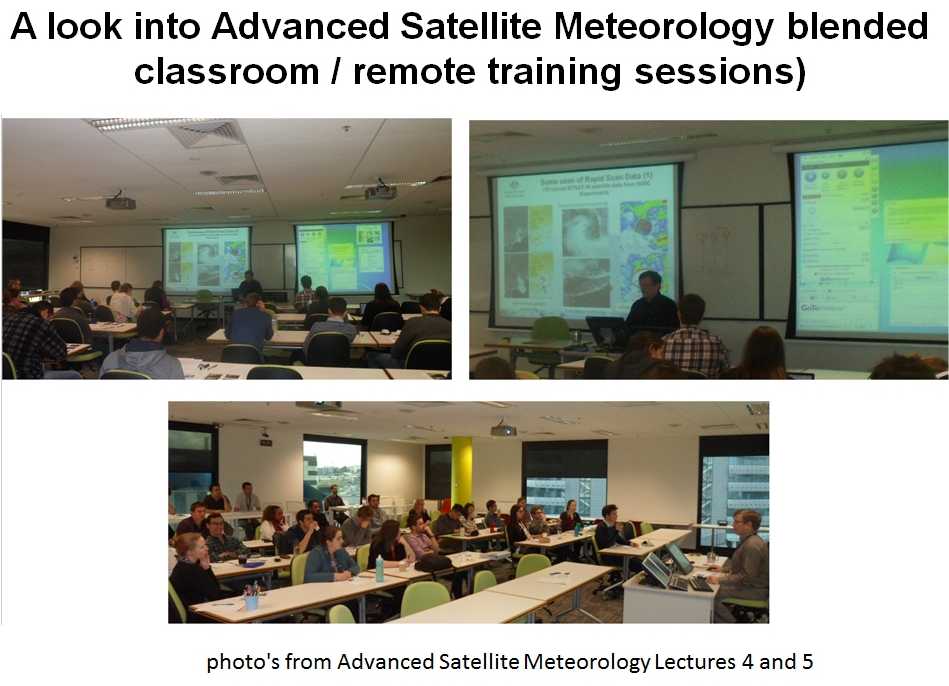Thanks to Roro and Pat for your positive and insightful feedback
Actually, credit for my clear voice must go to my mum who encouraged me to speak clearly and not to mumble when I was a wee lad. My mum did some training in acting during her postgraduate studies so she also emphasized the importance of modulating the voice to express excitement, suspense etc.. I think presenters could learn a lot from studying good acting techniques - a great excuse for Trainers / Facilitators to watch the great movies of the present and the past !!!
One thing that has helped my group organization / presentation skills for blended classroom / remote sessions a lot is being the eldest in a big family with 7 brothers and 4 sisters. I was forever organizing the family excursions. It was important to enthusiastically advertise the latest excursion and to act as a motivated and well organized "tour guide". This was often in the face of some opposition from family members who wanted to watch TV (The Simpsons etc.) instead. So it motivated me to develop techniques that were "inclusive" - always thinking about what activities the individual family members could enjoy during the excursion
In reply to more specific comments;
Yes, sometimes when I make pauses for questions a lingering silence follows. In traditional classroom settings this is easily solved. I simply say to the class: "Time is ticking away, and if you don't respond to the question then the session will go into your lunchbreak. I REALLY don't want this to happen ....". That works wonders !. For remote and classroom audience it is important to gently prompt the audience with hints in presenting a reasonable answer. If this does not work then I will present the solution, with the reasoning supporting the answer. This reinforces the learning, as it may be possible that I did not explain the topic sufficiently earlier on in the presentation
Multiple choice questions are great for encouraging "shy" students, as well as students from cultures where teacher-student classroom interaction is not so prominent. It permits a student to express him/herself in perfect anonymity, and that is a big help.
Thanks Pat for your recommendations regarding "evaluation of Regional Focus Group meetings". Thanks Roro for your feedback pertaining to the usefulness of providing video/ppt "pre-course resources"

